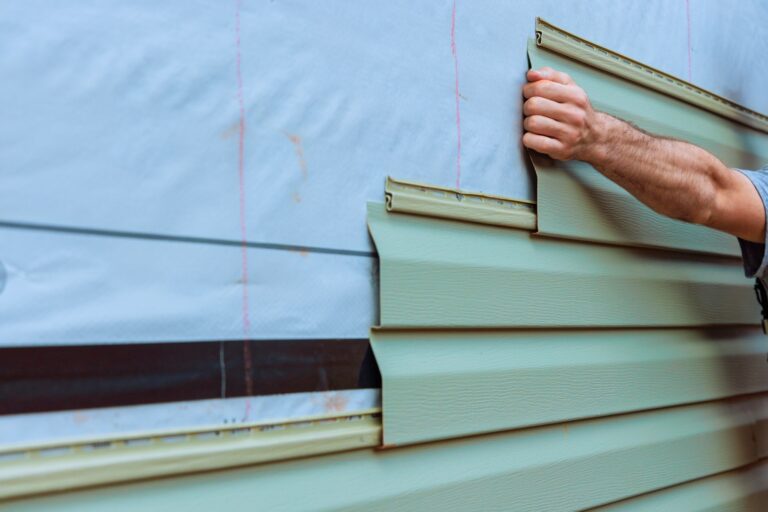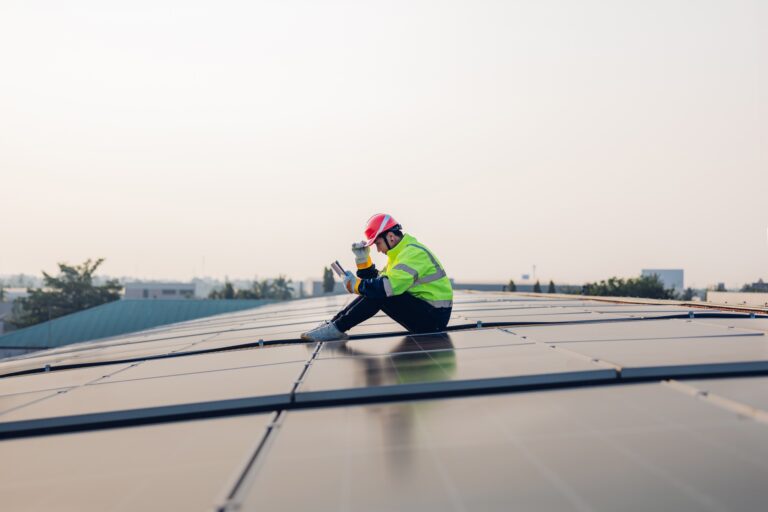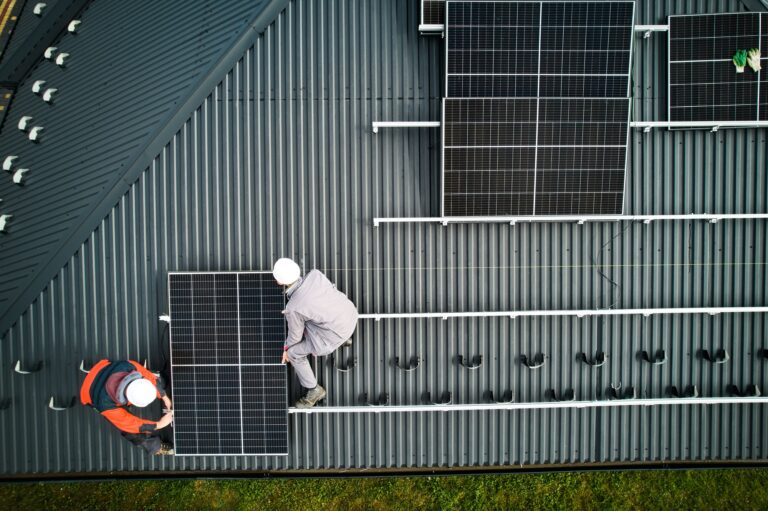Your roof is one of the most important parts of your home, and maintaining it properly can save you from expensive repairs and prevent unexpected issues. Whether you’re thinking about replacing your roof, dealing with damage, or simply maintaining it, understanding key roofing factors can help you make informed decisions. In this guide, we will explore how weather impacts your roof, the signs of damage to look out for, how to choose the best roofing materials, and the importance of roof inspections and maintenance.
1. Why Regular Roof Inspections Are Essential
Roof inspections are a crucial part of maintaining the integrity of your home. Regular inspections help you identify small issues early, like minor leaks or damaged shingles, before they turn into costly repairs. A professional roofer will check for things such as:
- Missing or cracked shingles
- Debris buildup or mold growth
- Sagging areas or structural weaknesses
- The overall condition of the roof after storms or extreme weather By catching these issues early, you can prevent further damage and ensure that your roof is working as it should.
2. Choosing the Right Roofing Materials for Your Home
The right roofing material not only impacts your home’s aesthetic but also its durability, energy efficiency, and weather resistance. Common roofing materials include:
- Asphalt Shingles: Affordable and versatile, asphalt shingles are a popular choice. They work well for most climates and are easy to install and repair.
- Metal Roofing: A great option for areas with extreme weather, metal roofing is durable, energy-efficient, and can last longer than other materials.
- Clay or Slate Tiles: These materials provide a more premium look and excellent durability. They’re ideal for areas with high heat or heavy rainfall.
- Wood Shingles: Great for a natural, rustic look, wood shingles can also offer good insulation but require more maintenance. Choosing the best roofing material for your home involves considering factors like climate, budget, aesthetics, and longevity. Consult with your roofing contractor to find the best fit for your needs.
3. How to Choose the Right Roofing Contractor
When it’s time to replace or repair your roof, selecting the right contractor is essential. Here’s how to make the right choice:
- Licensing and Insurance: Ensure the contractor is licensed and insured to protect both you and them in case of an accident or damage during the job.
- Experience: Choose a contractor who has experience with the specific type of roof you need, whether it’s asphalt, metal, or tile.
- References and Reviews: Check for customer reviews and ask for references from previous clients. A reputable contractor should have a track record of satisfied customers.
- Warranty and Guarantees: A reliable contractor will offer a warranty on both materials and workmanship, providing peace of mind for your investment.
4. Signs Your Roof Needs Repair or Replacement
It’s important to keep an eye on the condition of your roof and recognize when it may need repairs or even a full replacement. Here are some common signs:
- Water Stains Inside Your Home: If you notice brown stains on your ceiling or walls, this could indicate a leak in your roof.
- Missing or Damaged Shingles: Shingles that are cracked, curling, or missing can leave your roof vulnerable to leaks and further damage.
- Sagging Roof: A sagging roof can indicate a serious structural problem that requires immediate attention.
- Excessive Granules in the Gutters: If you notice a lot of granules from your shingles in the gutters, it might be a sign that your roof is nearing the end of its lifespan. If you notice any of these issues, it’s essential to have your roof inspected by a professional to determine the best course of action.
5. How Weather Can Affect Your Roof
Weather conditions can have a significant impact on the longevity of your roof. Different types of weather can cause different types of damage:
- Heavy Rain and Snow: Constant exposure to water can lead to leaks, water damage, or the formation of ice dams in colder climates.
- High Winds: Strong winds can tear off shingles or other roofing materials, causing immediate damage.
- Extreme Heat: Intense heat can dry out roofing materials, causing them to crack and become brittle. In areas with frequent sun, it’s essential to have a roof that can handle UV exposure. Regular maintenance and ensuring your roof is built to withstand the weather in your area are crucial to prolonging its lifespan.
6. The Importance of Roof Maintenance
Regular roof maintenance helps prevent the need for major repairs and ensures your roof lasts as long as possible. Here are a few essential maintenance tasks:
- Cleaning Gutters: Clogged gutters can lead to water buildup on the roof, potentially causing leaks or structural damage.
- Removing Debris: Leaves, branches, and other debris can accumulate on your roof and prevent proper drainage, leading to moisture issues.
- Inspecting for Damage: Regularly check your roof for missing or damaged shingles and have them replaced immediately.
- Check Flashing: The metal around chimneys and vents, known as flashing, can become damaged or worn out. Ensure it is properly sealed to prevent water leaks. Routine maintenance not only helps keep your roof in good shape but can also catch minor problems before they develop into expensive repairs.
Conclusion
Maintaining and protecting your roof requires attention to detail, regular inspections, and timely repairs. By choosing the right materials, understanding how weather affects your roof, and performing regular maintenance, you can ensure your roof stays in top condition for years to come. If you’re unsure about the state of your roof, contact a professional roofing contractor to help assess any issues and recommend the best course of action.



